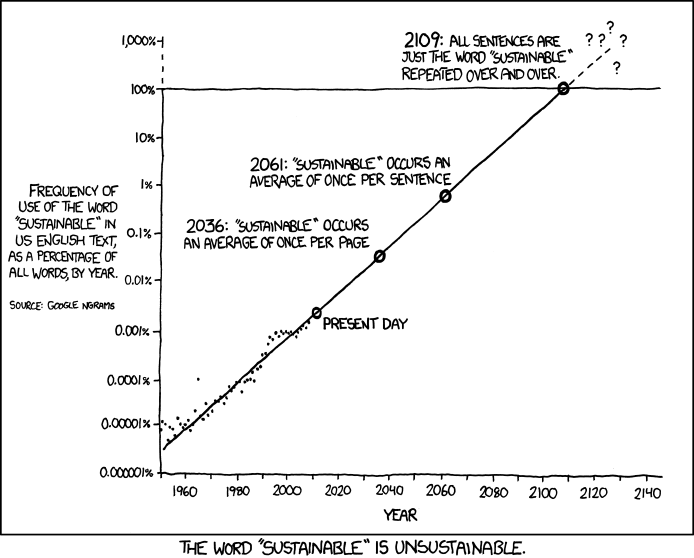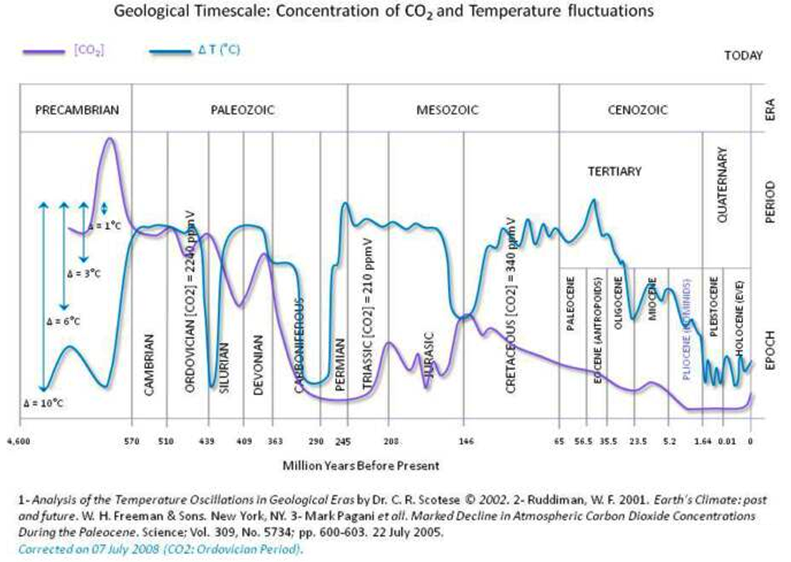azure
Final Approach
I tend to agree, the more I think about it the less I like that way of explaining it. Some sites just say that CO2 slows down radiational cooling and leave it at that. For example, from this site, about halfway down the page:Here is your problem, and I tried to point it out to you before. The NASA and the IPCC explanations are impossible. I don't know how you couldn't think they meant it literally since they say it with words and diagrams showing radiation drilling into the surface. The IPCC explanation is put out to the world as consensus. You claim it is dumbed down for the masses. I disagree. Their explanation is the same as how people use to think a real Greenhouse worked. You and some others realize this is impossible , and so go with a reduced cooling effect. Just like a thermos, it can't increase the the temperature of the contents, just keep it from cooling faster. It would not be difficult for the IPCC to explain in laymans terms what you think the theory is.
But they completely leave out the physical mechanism that explains how the extra warmth gets spread around the planet. It's impossible to do that without mentioning back radiation. And back radiation is convenient because it's touchy-feely, it makes people think of sitting under a sun lamp.Within the next half-century or so an accumulation of airborne pollutants -- notably carbon dioxide (CO2), methane (CH4), nitrous oxides (NOx), and chlorofluorocarbons (CFCs) — will very likely cause noticeable changes in climate ( noticeable changes may have already occurred but there is debate about that). Because these so-called greenhouse gases retard the flow of heat radiation from the surface into space, the whole Earth will warm . This is called the greenhouse effect . This warming is partly reduced by other pollutants that form tiny aerosol particles which reflect some sunlight back to space. The global warming will in turn lead to a variety of other changes throughout Earth's climate system: changes in heat and water transport, wind and ocean currents, precipitation patterns and clouds. Given such a profound potential for an adjustment of the basic climatic elements and the possible consequences for human society, an improved understanding of the radiation and water balance and their dependence on cloud processes is one of several crucial goals of current research.
Yep, and the climate scientists have a big job trying to explain it to the public because all analogies fail if you push them too far. Sure my thoughts have evolved, I didn't see how you were thinking about it until just a couple of hours ago, so we were just talking past each other. The Wood experiment... not so much, I've honestly never been sure what to make of it. I just don't know what fraction of the "forcing" in a real greenhouse is due to blocked radiation vs convection. And I'm not interested enough in the question to do the calculation. Maybe some day as a project for a student.The skeptics have a big job becuase they have to put down multiple versions of the theory. Frankly, since you had a problem with the Wood experiment, I think your own thoughts on the theory have evolved since the start of this thread.
It all depends on the probability that a photon will interact with a single CO2 molecule, basically how "big" the molecule looks to a photon. The best analogy I can come up with here is slightly dirty water. If you have a shallow pool of it, you can see through it easily, in fact if the dirt is fine enough you might not even notice it. But if the pool is deep enough, you won't be able to see the bottom because somewhere in their journey to the surface, most of the photons coming from the bottom have been blocked by an encounter with a dirt particle. The bigger the dirt particles, the fewer of them there have to be to have the same effect.I don't buy the CO2 as a blocking agent , slowing the cooling either. I feel CO2 is just another conduit to move heat. Even if it did what you say, how much of an effect would one molecule of CO2 out of every 2500 molecules in the atmosphere have? At least I now have a clearer idea of what you think the theory is.
Likewise - Happy New Year!BTW, no hard feelings on all this junk, Happy New Year!

 ..
.. [/QUOTE]
[/QUOTE]





